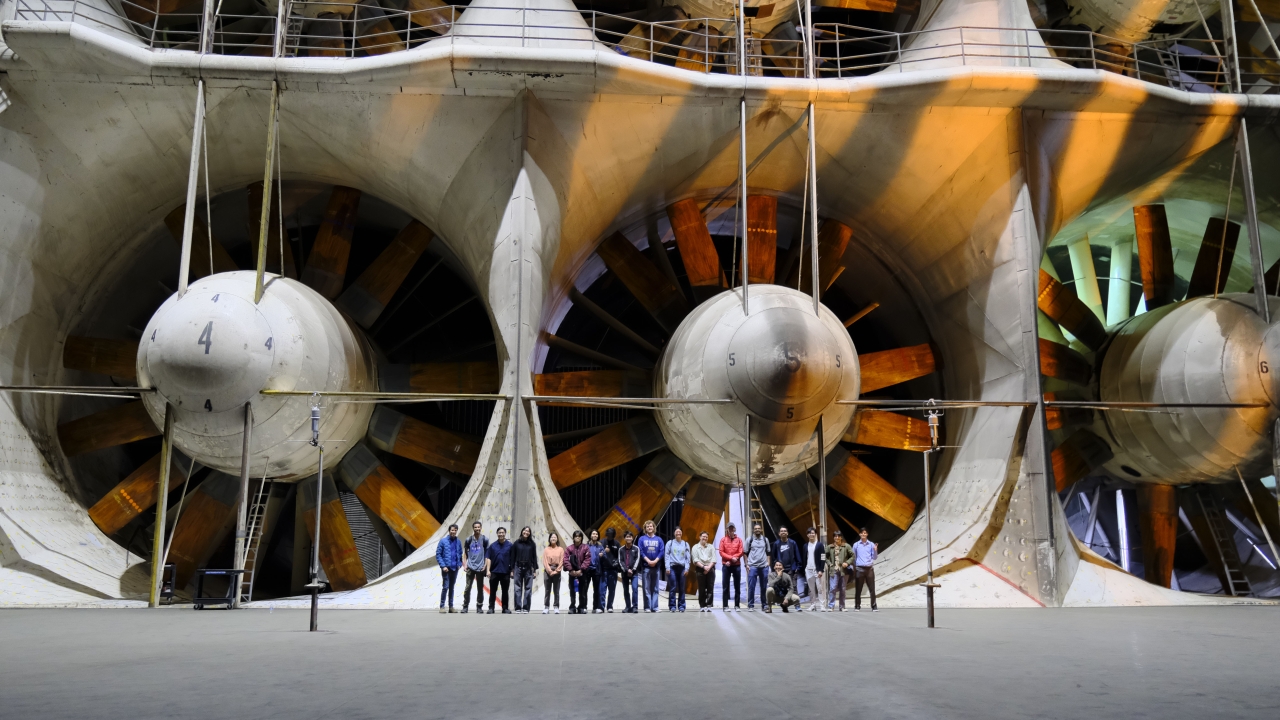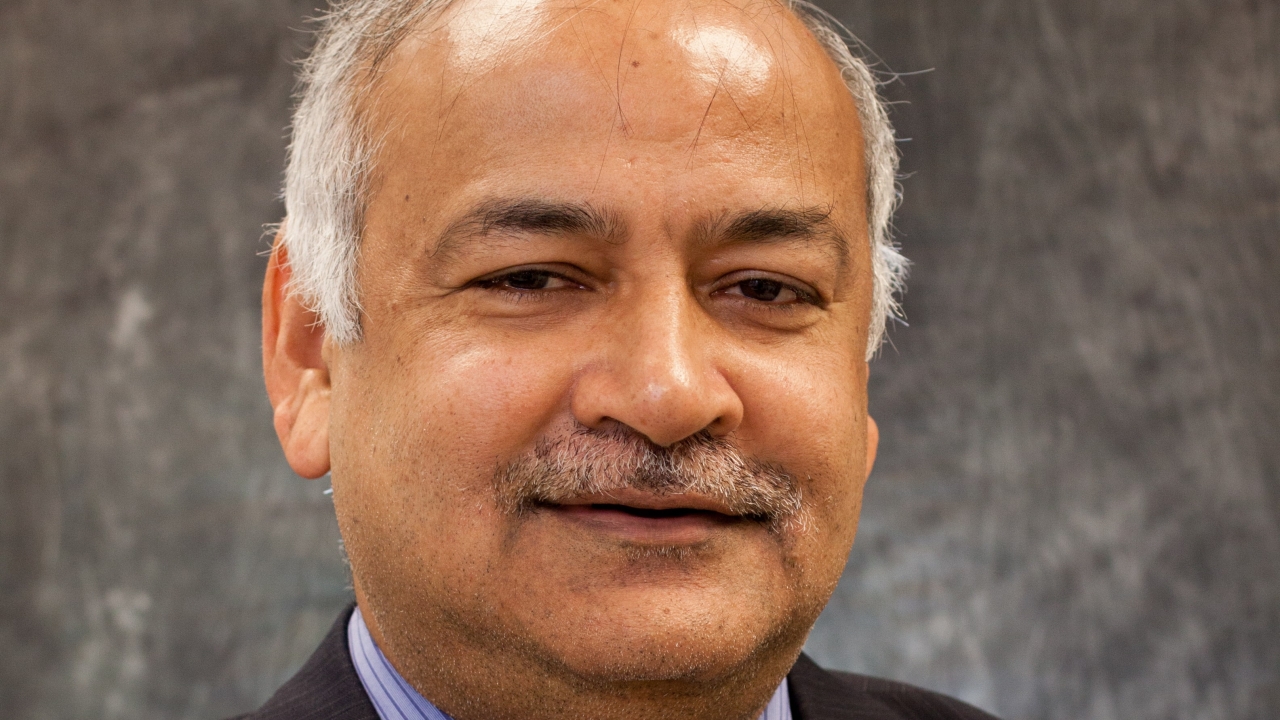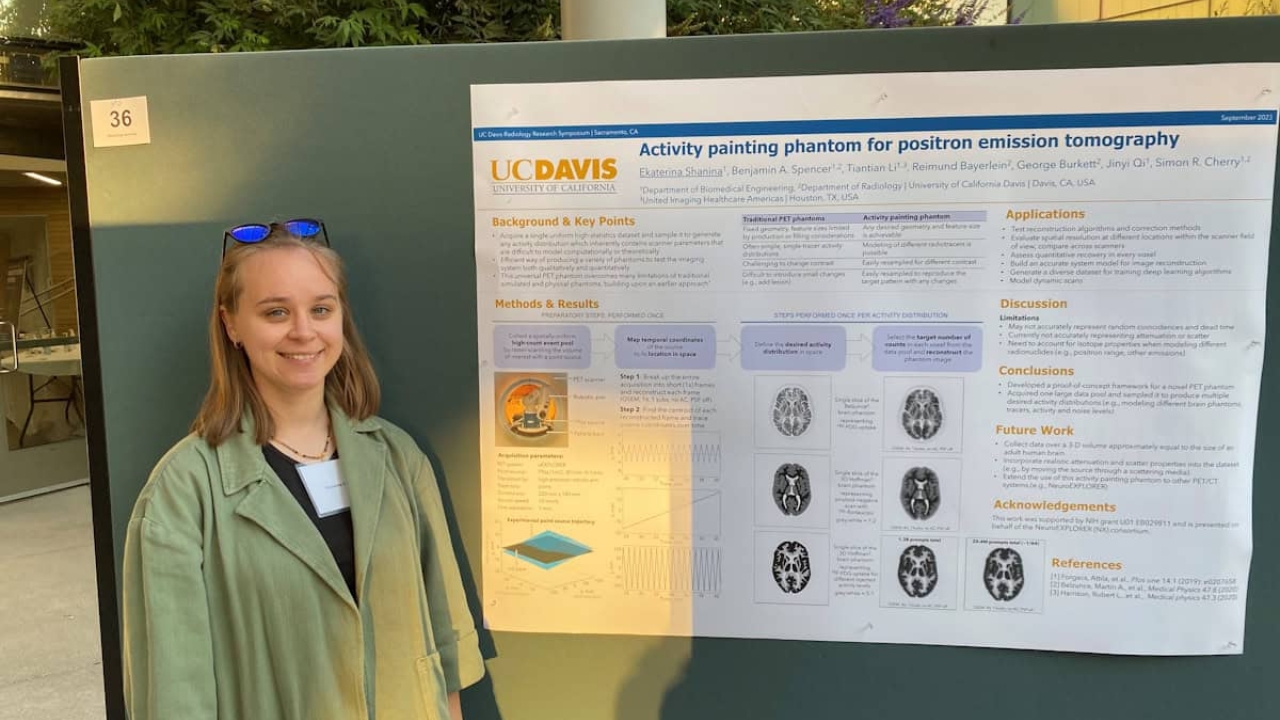Biography: Bernie Alder
On Oct. 7, 2009, Bernie Alder — a retired physicist and professor emeritus in the UC Davis Department of Applied Science — received the National Medal of Science from President Barack Obama.
This was merely one of many honors acknowledging Alder’s world-changing academic and research career. Most notably, he is recognized as the founder of molecular dynamics, a type of computer simulation used for studying the motions and interactions of atoms over time.
 Alder, a Swiss citizen born in Germany, moved with his family to Zurich in 1932. The family emigrated to the United States in 1941; Alder completed his undergraduate work in chemistry at UC Berkeley — his early academic career interrupted by military service during World War II — and then studied for his Ph.D. at Caltech. Working with early-gen IBM mechanical computers that were programmed via a plug board, he and associate Stan Frankel developed a computer technique for calculating results from random sampling. This class of computational algorithms, later dubbed the “Monte Carlo Method,” proved to have applications in fields as diverse as engineering, physical sciences, finance, computational biology and even game theory. Quite famous puzzles — such as the “traveling salesman problem” — respond to the Monte Carlo Method, as do computer opponents in games such as chess, go and battleship.
Alder, a Swiss citizen born in Germany, moved with his family to Zurich in 1932. The family emigrated to the United States in 1941; Alder completed his undergraduate work in chemistry at UC Berkeley — his early academic career interrupted by military service during World War II — and then studied for his Ph.D. at Caltech. Working with early-gen IBM mechanical computers that were programmed via a plug board, he and associate Stan Frankel developed a computer technique for calculating results from random sampling. This class of computational algorithms, later dubbed the “Monte Carlo Method,” proved to have applications in fields as diverse as engineering, physical sciences, finance, computational biology and even game theory. Quite famous puzzles — such as the “traveling salesman problem” — respond to the Monte Carlo Method, as do computer opponents in games such as chess, go and battleship.
Alder became a consultant at the Lawrence Livermore National Laboratory when it opened in 1952; he was lured by the facility’s early electronic computers. He became a full-time staff member in 1955, and published his pioneering work on molecular dynamics the following year. This work yielded iconic photographs of solids in equilibrium with liquids: pictures that wound up in Scientific American magazine and on the covers of numerous college undergraduate textbooks.
With the assistance of a friend in the publishing business, Alder and colleague Sid Fernbach founded the seminal Methods of Computational Physics book series and the journalComputation.
In 1963, wanting to involve graduate students in the “big projects” taking place at the Livermore Lab, Alder helped found the UC Davis Department of Applied Science.
Alder was 84 when he received the National Medal of Science; during an interview granted shortly thereafter, he acknowledged still working three days a week at Livermore, and two days a week at UC Berkeley.
“But never before lunch,” he added, mischievously.




